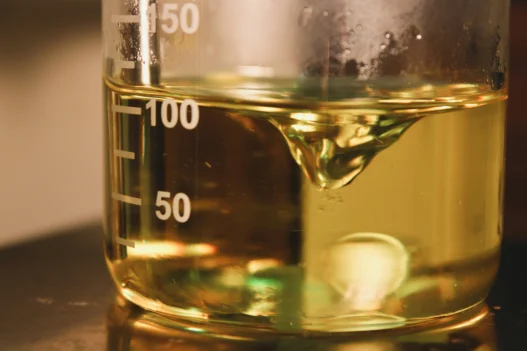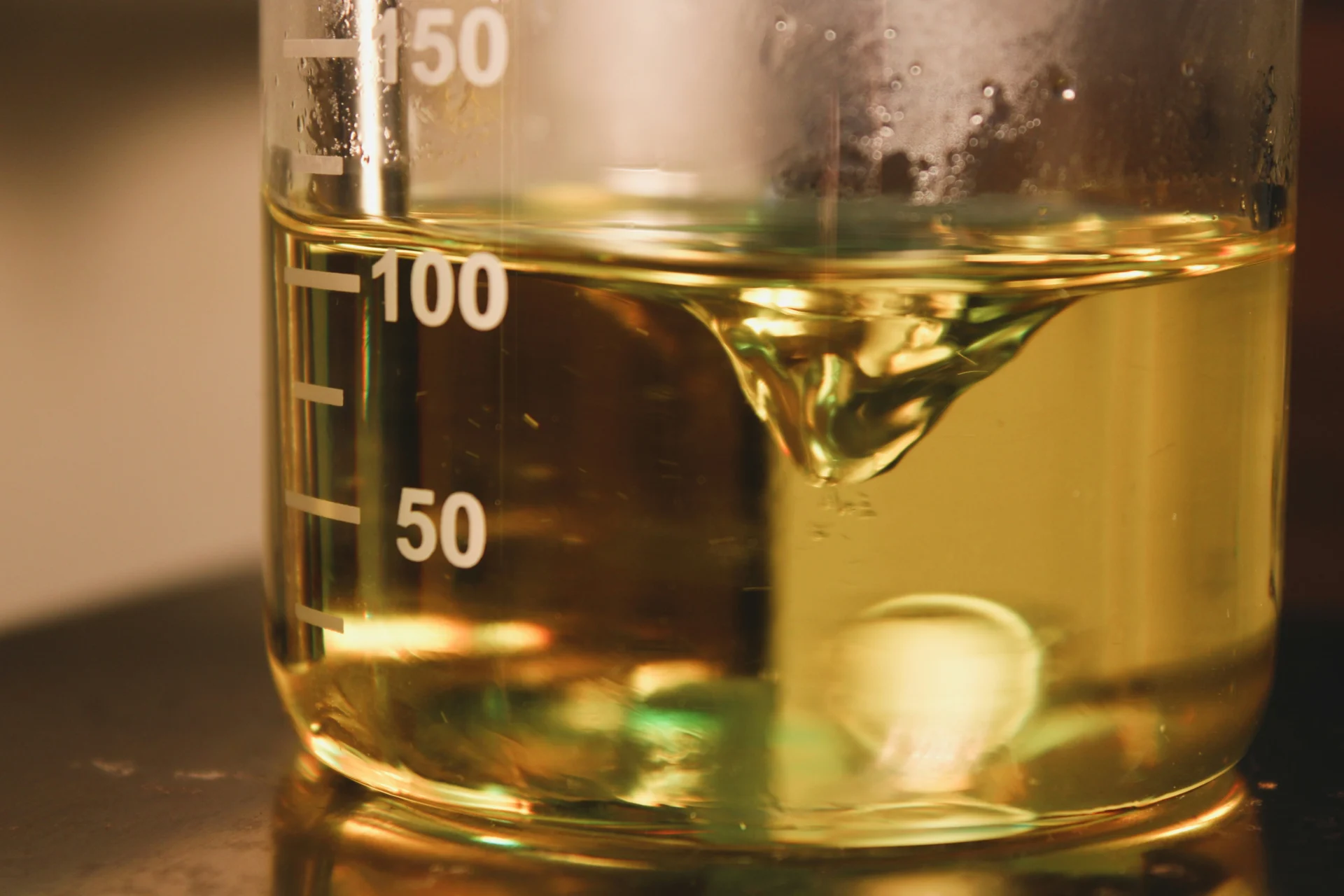Biguanide is a class of medication commonly used to treat type 2 diabetes by lowering blood sugar levels. This drug has become increasingly relevant in everyday life due to the rising prevalence of diabetes worldwide. By helping to manage blood sugar levels, Biguanide plays a vital role in improving the health and quality of life for those living with diabetes. Its importance is evident in the growing number of prescriptions being filled for this medication and its widespread impact on public health.
Table of Contents:
- 💡 Commercial Applications
- ⚗️ Chemical & Physical Properties
- 🏭 Production & Procurement
- ⚠️ Safety Considerations
- 🔬 Potential Research Directions
- 🧪 Related Compounds
💡 Commercial Applications
Biguanide, specifically the compound polyhexamethylene biguanide, has a variety of commercial and industrial applications. It is commonly used as a disinfectant and antiseptic in various industries, such as healthcare, personal care products, and water treatment. Biguanide is effective against a wide range of bacteria, fungi, and viruses, making it a popular choice for maintaining cleanliness and preventing microbial contamination.
In addition to its commercial and industrial uses, biguanide is also utilized in the field of medicine for its antibacterial properties. It is commonly found in various pharmaceutical products, such as disinfectants, wound care products, and contact lens solutions. Biguanide compounds are known for their broad-spectrum activity, making them effective against a wide range of pathogens, including antibiotic-resistant strains.
One of the most well-known drug applications of biguanide is in the treatment of diabetes. Metformin, a type of biguanide medication, is commonly prescribed to help lower blood sugar levels in people with type 2 diabetes. It works by decreasing the amount of sugar produced by the liver and improving the body’s sensitivity to insulin. Metformin is widely used as a first-line treatment for type 2 diabetes due to its effectiveness, safety profile, and relatively low cost compared to other diabetes medications.
⚗️ Chemical & Physical Properties
Biguanide is a white crystalline powder with no distinct odor. It is commonly used in pharmaceuticals and personal care products due to its antiseptic properties.
The molar mass of biguanide is approximately 101.13 g/mol, and its density is around 1.01 g/cm³. In comparison to common food items, biguanide has a lower molar mass and density than substances like sugar or salt.
Biguanide has a melting point of around 220°C and a boiling point of approximately 210°C. These values are higher than the melting and boiling points of many common food items, such as water and cooking oils.
Biguanide is highly soluble in water and has relatively low viscosity. This differs from many common food items, which may have varying levels of water solubility and viscosity. For example, sugar is soluble in water but has a higher viscosity compared to biguanide.
🏭 Production & Procurement
Biguanide is primarily produced through chemical synthesis in industrial settings. This process typically involves the combination of various raw materials such as guanidine and amidines in controlled reactions. The resulting product is then purified and processed to meet quality standards before being distributed for use in various applications.
Biguanide can be procured through authorized chemical suppliers or manufacturers who specialize in the production of this compound. These suppliers typically offer Biguanide in various forms such as powders, granules, or solutions, depending on the specific requirements of the end user. Once procured, Biguanide can be safely transported using standard chemical handling procedures to prevent contamination or degradation of the compound during transit.
Transportation of Biguanide is usually conducted in compliance with regulations and guidelines set forth by local and international organizations governing the handling of chemical substances. This may involve the use of specialized containers, packaging materials, and labeling to ensure the safe and secure delivery of Biguanide to its intended destination. Additionally, proper documentation and communication with relevant authorities are essential to prevent any potential issues during the transportation process.
⚠️ Safety Considerations
Safety considerations for Biguanide include the potential for skin and eye irritation. It is important to wear appropriate personal protective equipment when handling this chemical, such as gloves and safety goggles. Ingestion or inhalation of Biguanide can result in adverse health effects, so it is crucial to use this chemical in a well-ventilated area and avoid direct contact with the skin or eyes.
Hazard statements for Biguanide include “H302: Harmful if swallowed”, “H315: Causes skin irritation”, and “H319: Causes serious eye irritation”. These statements highlight the potential dangers associated with handling Biguanide and emphasize the importance of taking necessary precautions to prevent exposure. It is essential to follow appropriate safety protocols and guidelines when working with this chemical to minimize the risk of harm.
Precautionary statements for Biguanide include “P264: Wash hands thoroughly after handling”, “P280: Wear protective gloves/eye protection/face protection”, and “P302+P352: IF ON SKIN: Wash with plenty of soap and water”. These statements recommend specific actions to take in order to protect oneself while working with Biguanide. It is important to adhere to these precautions to ensure the safe handling of this chemical and prevent potential harm to oneself or others.
🔬 Potential Research Directions
One potential research direction for Biguanide involves exploring its potential applications beyond its current uses in treating type 2 diabetes. This could include investigating its effects on other metabolic disorders or even its potential anti-cancer properties.
Another area of interest is studying the mechanisms of action of Biguanide in order to optimize its therapeutic effects and minimize any potential side effects. Understanding how Biguanide interacts with various cellular pathways could lead to the development of more targeted and efficacious treatments.
Additionally, research could focus on investigating the long-term effects of Biguanide use, particularly in populations who may be at higher risk of developing certain conditions. This could help provide valuable insights into the safety and efficacy of Biguanide as a long-term treatment option for various medical conditions.
🧪 Related Compounds
One compound similar to Biguanide based upon molecular structure is Metformin. Also known as dimethylbiguanide, Metformin is a commonly prescribed medication for Type 2 diabetes. It shares a similar bicyclic structure with Biguanide, containing two guanidine groups connected by a carbon chain.
Another compound with a molecular structure resembling Biguanide is Phenformin. Phenformin is a discontinued biguanide derivative used as an oral antidiabetic agent. Despite its withdrawal from the market due to potential lactic acidosis risk, Phenformin is structurally akin to Biguanide, featuring two guanidine groups within its chemical composition.
A derivative of Biguanide that bears structural resemblance is Buformin. Buformin is another withdrawn antidiabetic agent from the biguanide class due to its association with lactic acidosis. This compound exhibits a similar arrangement of guanidine groups as Biguanide, contributing to its pharmacological properties as an insulin sensitizer.







